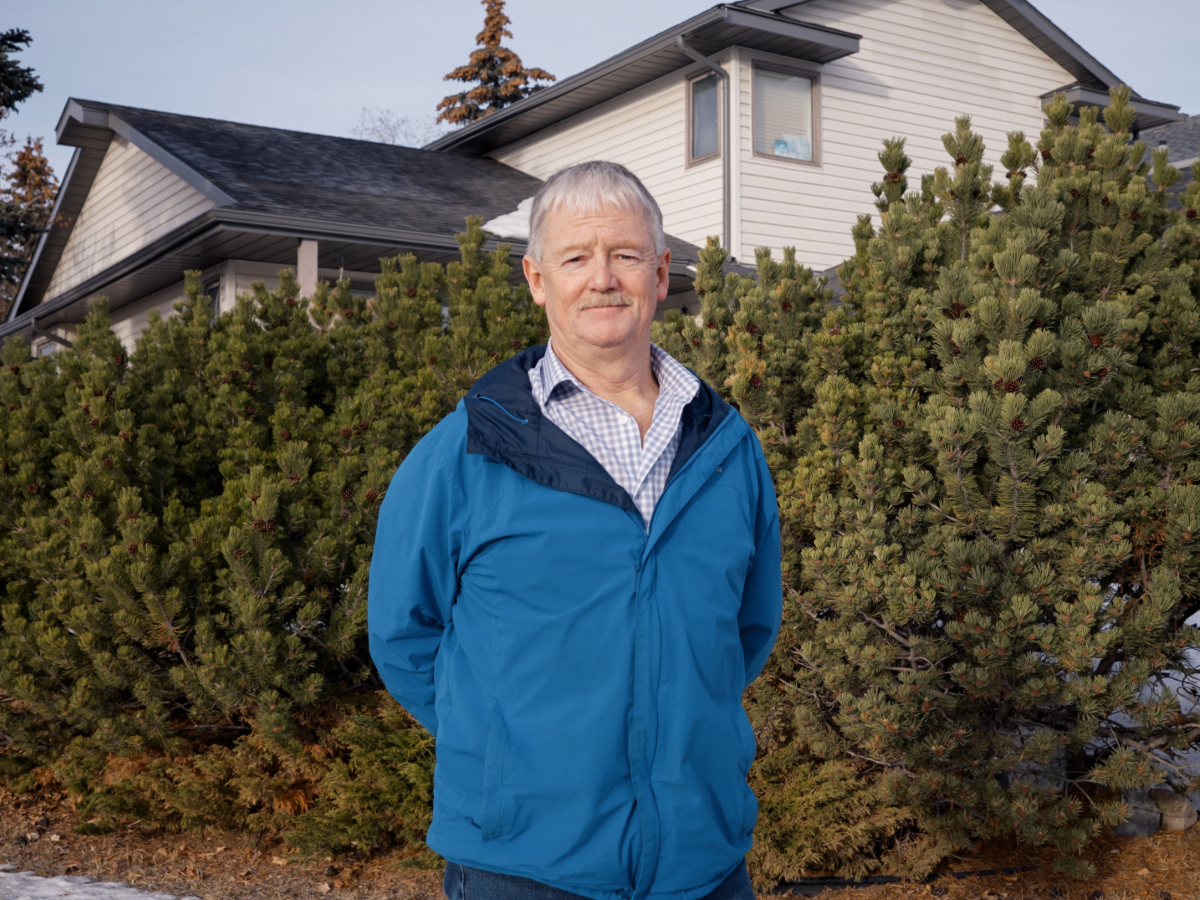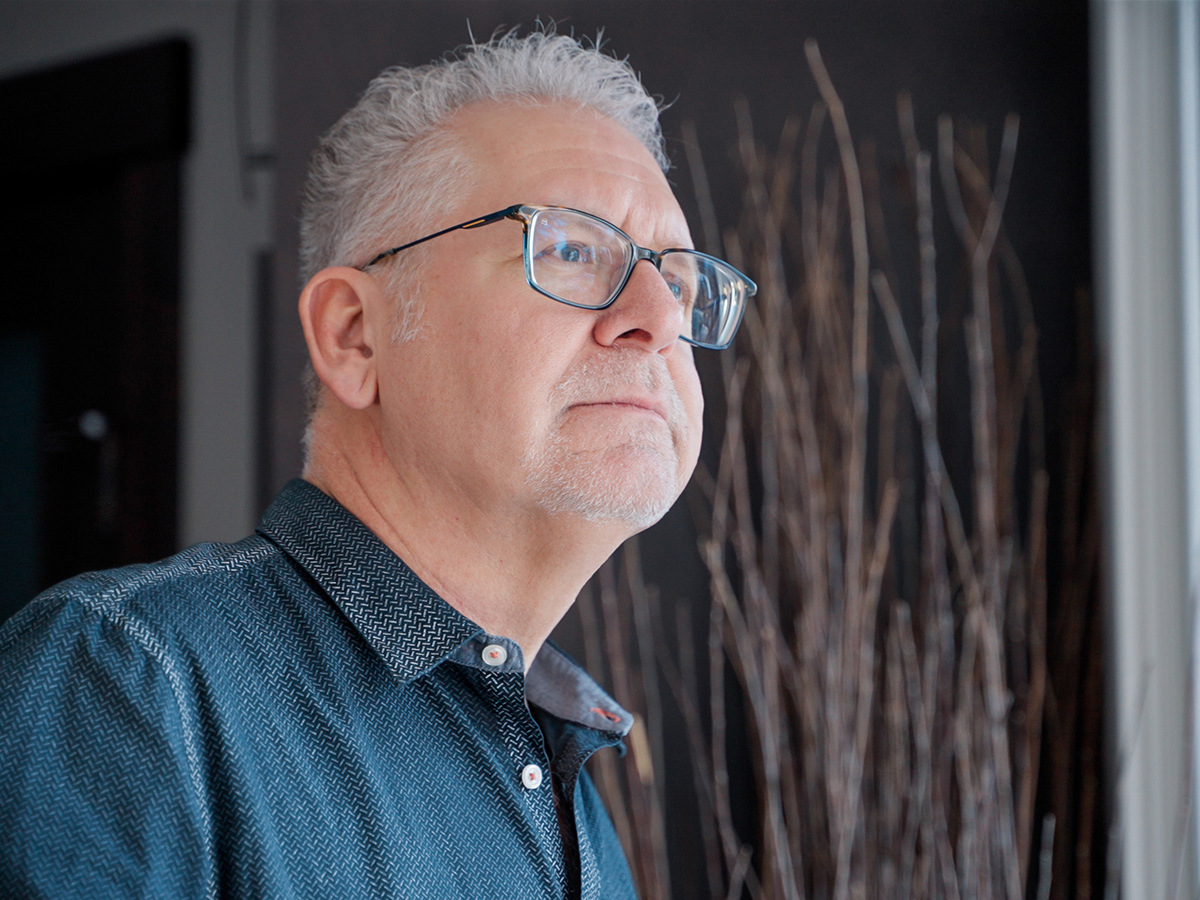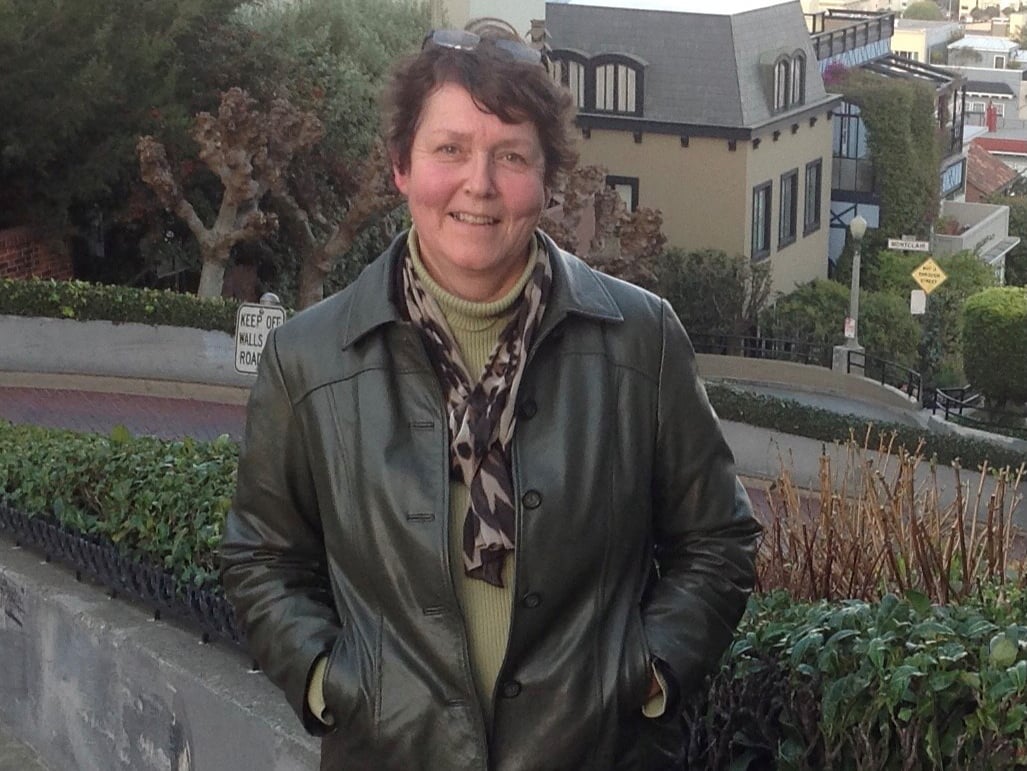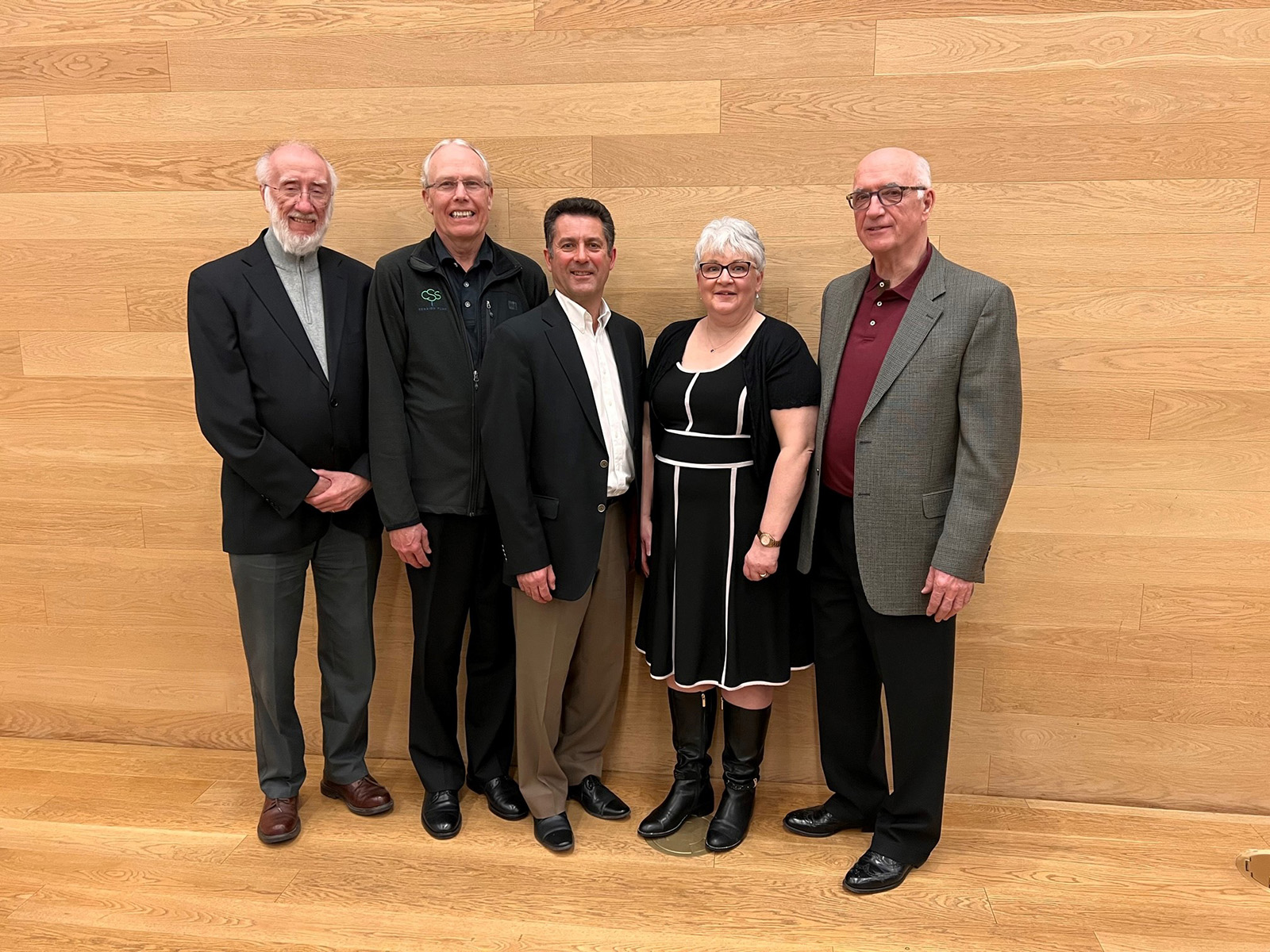

Getting married or living common-law

Changing your marital status
You’ve found someone you want to spend your life with. What does this mean for your pension and your new spouse*?
Well, once you’re married or living common-law, your spouse has certain entitlements to your pension funds.
This means, in the event you pass away before you retire, your spouse (married or common-law) has first claim to your pension funds and investment earnings as defined by pension laws – even if you designate a different person as beneficiary.
Although, if your spouse dies before you, any named beneficiary(ies) will receive your pension benefits (net income tax).
If you pass away after you retire, your spouse is entitled to certain benefits depending on the type of retirement income option you chose:
- Joint and Last Survivor Pension – Your full monthly pension payment will continue to your spouse for the balance of the guarantee period. Once the guarantee period ends, your spouse will receive a pre-selected percentage of the pension for the rest of his or her life.
If both you and your spouse die before the guarantee period ends, then the monthly pension payments will continue to your beneficiary(ies) or estate for the rest of the guarantee period, and then stop.
- Variable Benefit payments - Your surviving spouse is automatically entitled to all the funds remaining in your VB account, if any, when you die (unless your spouse waives this right).
*The definition of a spouse varies by province/territory. Please refer to the definition of spouse according to the provincial/federal pension legislation noted on your CSS Pension Plan annual statement.
Changing your status or name
If you decide to change your marital status or name, it is important to let CSS know so we can keep your account details current. Complete a Member Information Change form and submit the required documentation to CSS to update your information.
Your relationship has come to an end
If you and your current spouse decide your relationship will come to an end, your spouse may still have some rights to your pension funds. The division of pension funds upon relationship breakdown depends on the pension laws in your jurisdiction. Contact us for more information.
It is important to review your designation regularly to ensure it fits with your current situation.
In the event you pass away before you retire, your spouse (married or common-law) has first claim to your pension funds and investment earnings as defined by pension laws.
Starting a family

Maternity, paternity or adoption leave
Starting a family is an exciting time in your life. If you are expecting a child, you may need to take time off work. You can choose whether to contribute to the CSS Pension Plan while you are on leave.
If you decide you want to contribute, you must make your contributions through your employer.
Depending on your province’s pension laws and your employer’s policy, you may be responsible for both the employee and employer contribution amounts.
While it may be difficult to make both the employee and employer contribution amounts while on leave, the following options can help you build your pension either in advance or after of your time away:
- “Topping up” your account before you go on leave
- Making additional voluntary contributions (AVCs) when you return to work
Check with your employer for more information.
Owning your first home

Saving up for a down payment
You’ve started saving up for a down payment to buy your first home. But first, how much can you afford?
Start by getting pre-approved for a mortgage that will help you determine how much house you can afford. You’ll need to decide if a fixed rate or variable-rate mortgage will work best for you.
Members often ask if they can withdraw their CSS funds for a down payment to buy a home. Unfortunately, while you’re working for a CSS employer and actively contributing to the CSS Pension Plan, you cannot withdraw or transfer your funds out.
Even after you’re no longer working for a participating employer, you cannot withdraw any locked-in funds as a cash lump sum. Locked-in pension funds must be used to provide a retirement income.
Instead, consider the Home Buyer’s Plan, which lets you withdraw up to $35,000 from your RRSP to buy or build your first home in Canada. Although your funds in the CSS Pension Plan are not eligible for the Home Buyers’ Plan, personal RRSPs are eligible for this program.
Find out more about the Home Buyers’ Plan on the Canada Revenue Agency website.
Once you’ve saved enough up for a down payment, you can start looking at homes within your price range. Soon you will find the perfect one and put an offer in. Once you go through the entire home buying process, congratulations! You will get the keys to your first home.
Other life events
We understand there are plenty of other life events that you may be going through, but no matter the life event CSS is here for you.
Should you need to make any adjustments to your account, it’s important to check-in with CSS to make sure your account reflects your current circumstances. We can help you find the information you need to help guide you through the process, for instance:
- Retiring
- Arranging survivor benefits
- Changing your contact information
- Taking a leave
- Leaving your employment
- Living in retirement
Visit our Life events section on our website to learn more about managing your account through types of life events.
Or, contact us and speak to one of our Retirement and Pension Advisors to discuss your specific life event.
Article from the Fall/Winter 2023 issue of TimeWise.






.png)








































